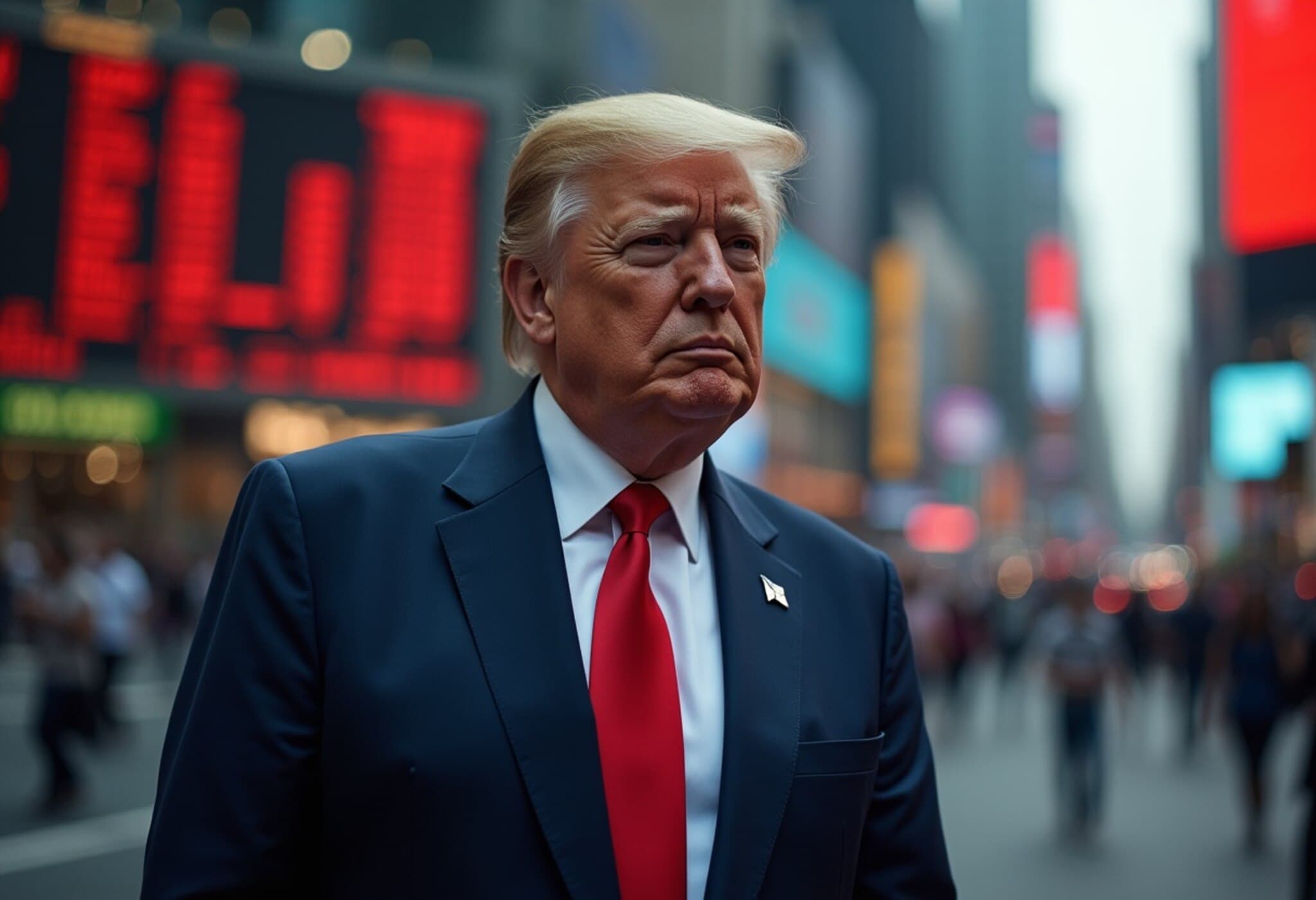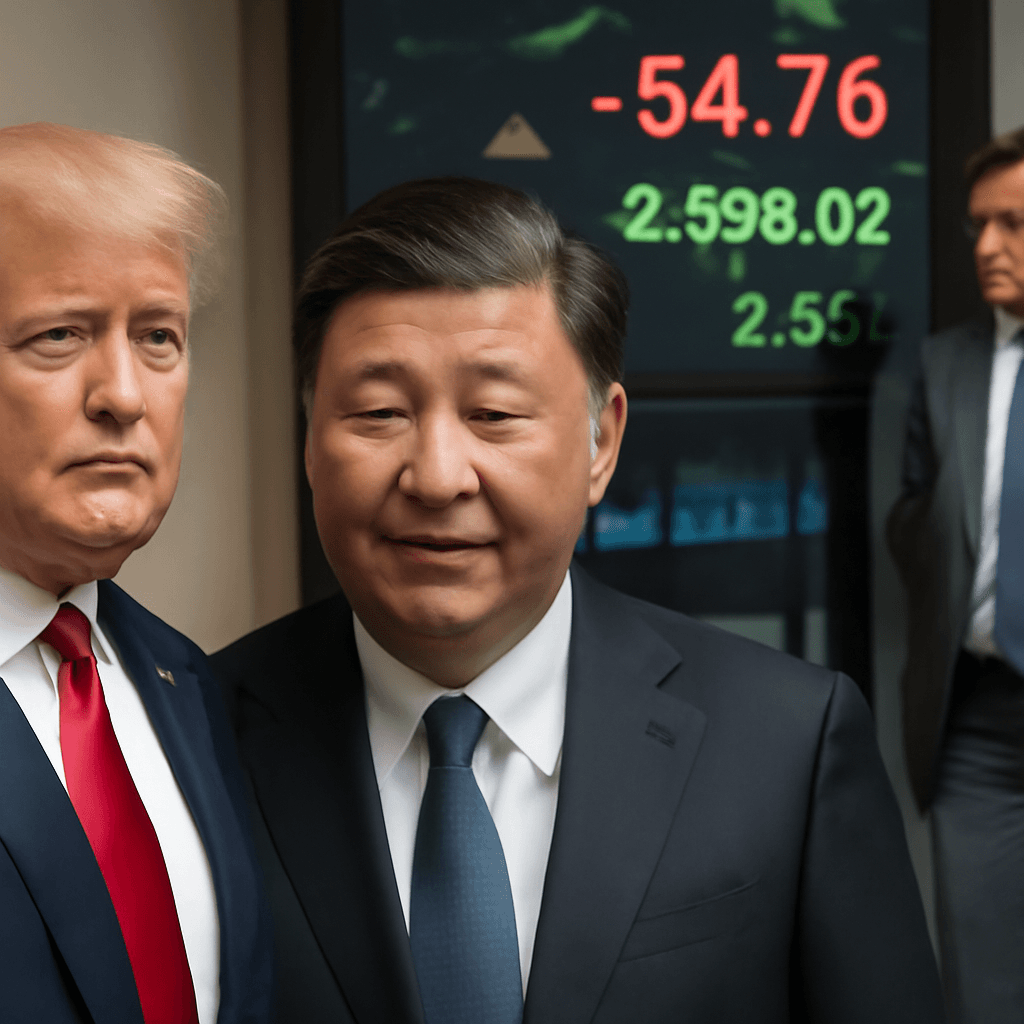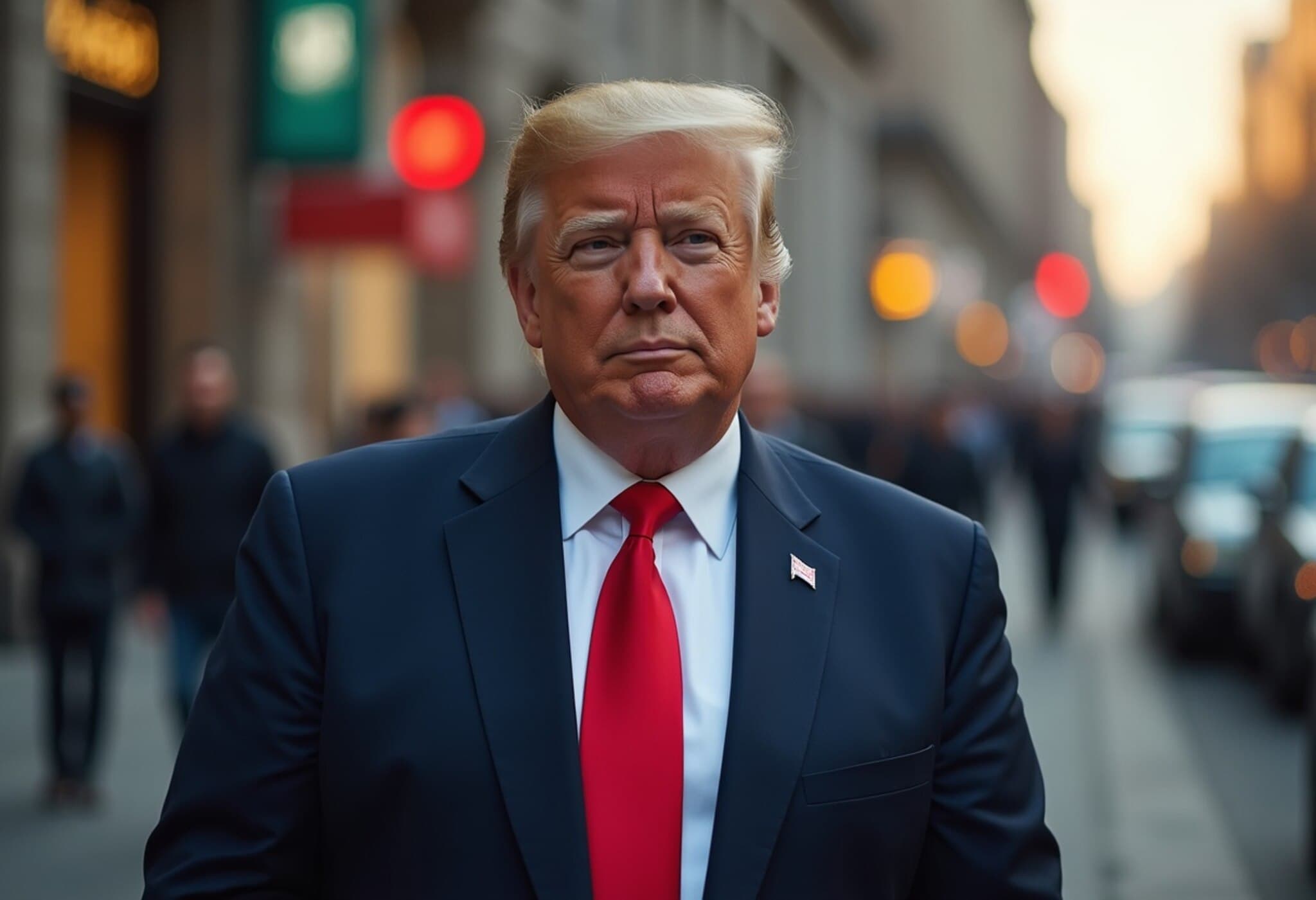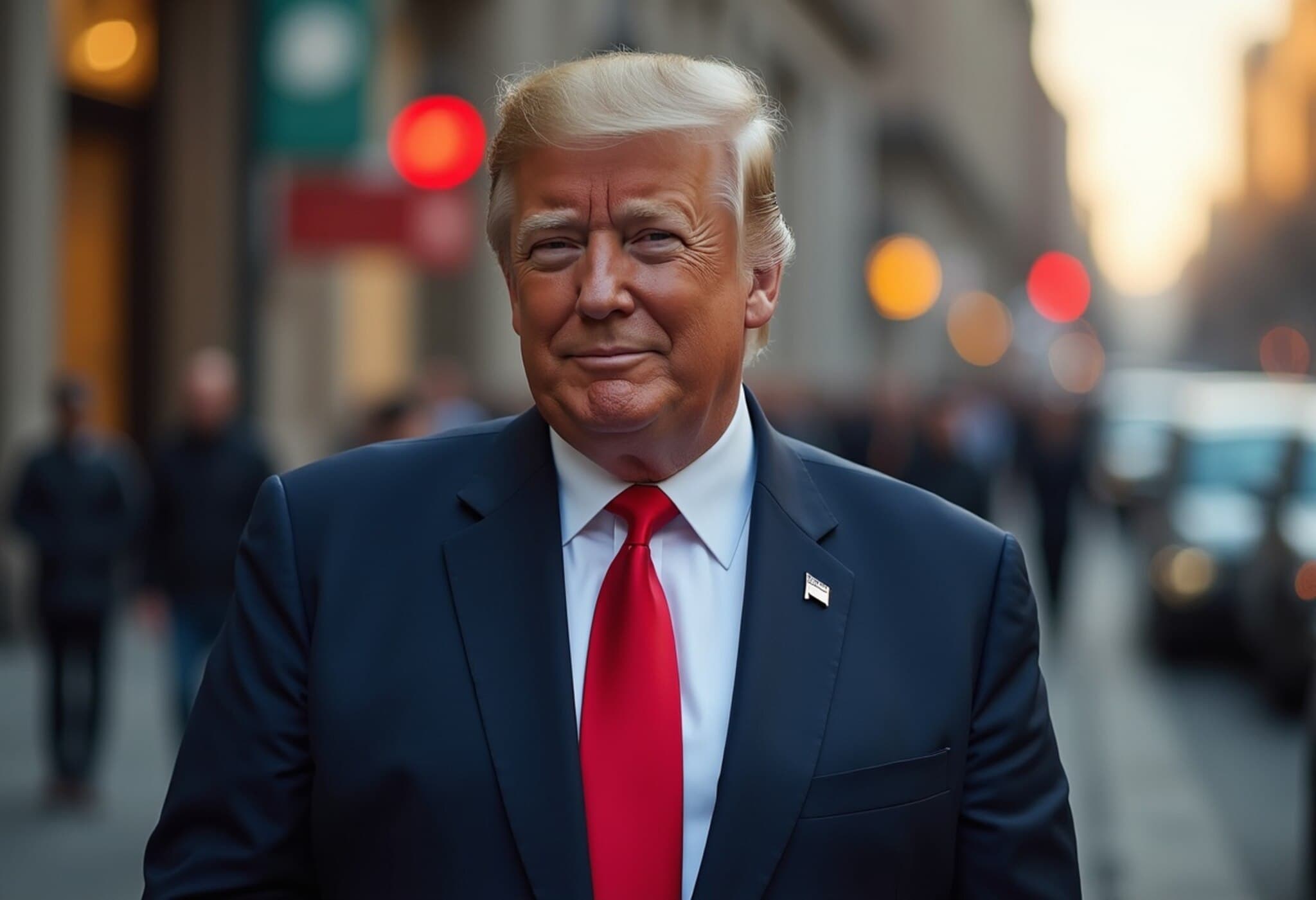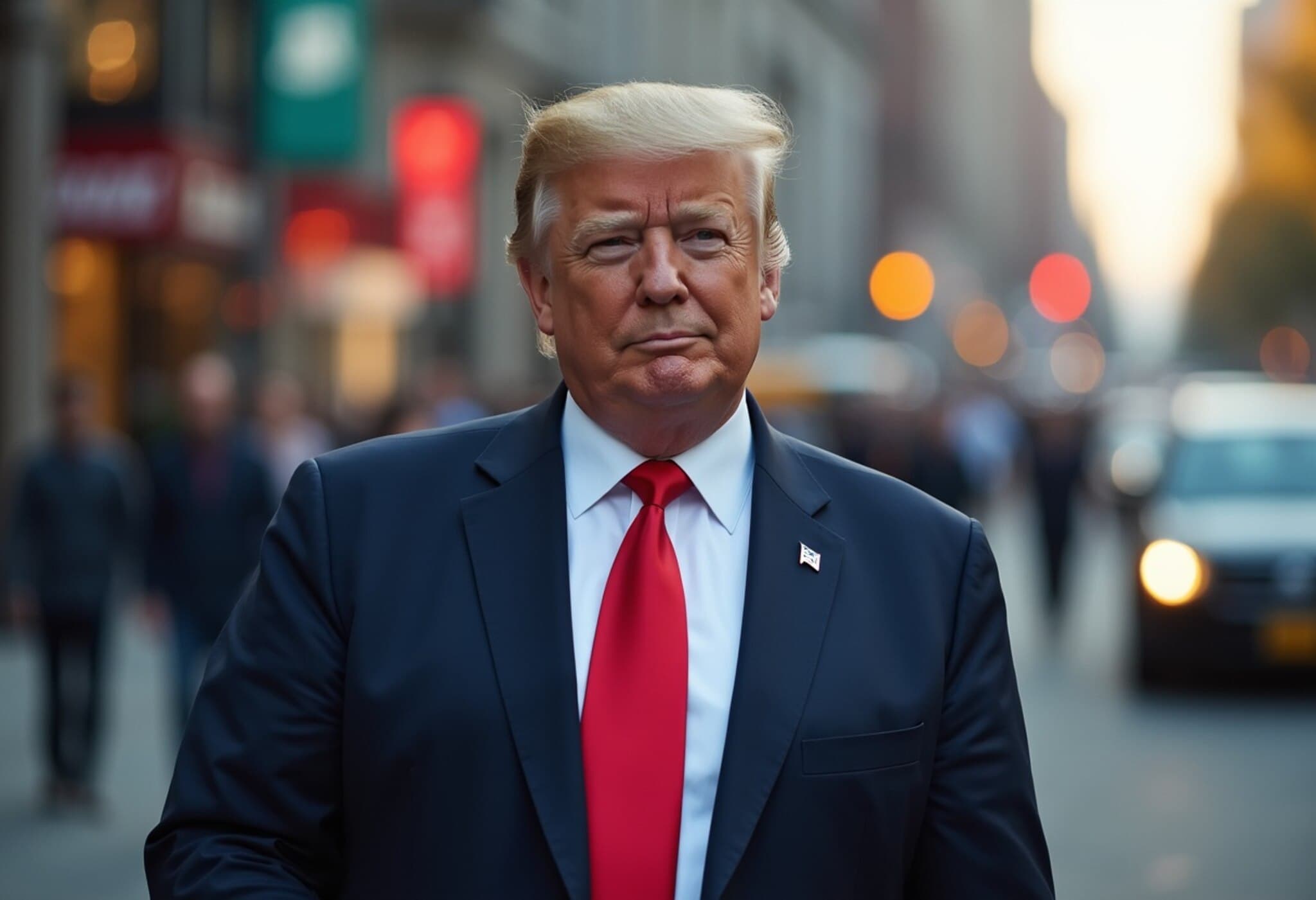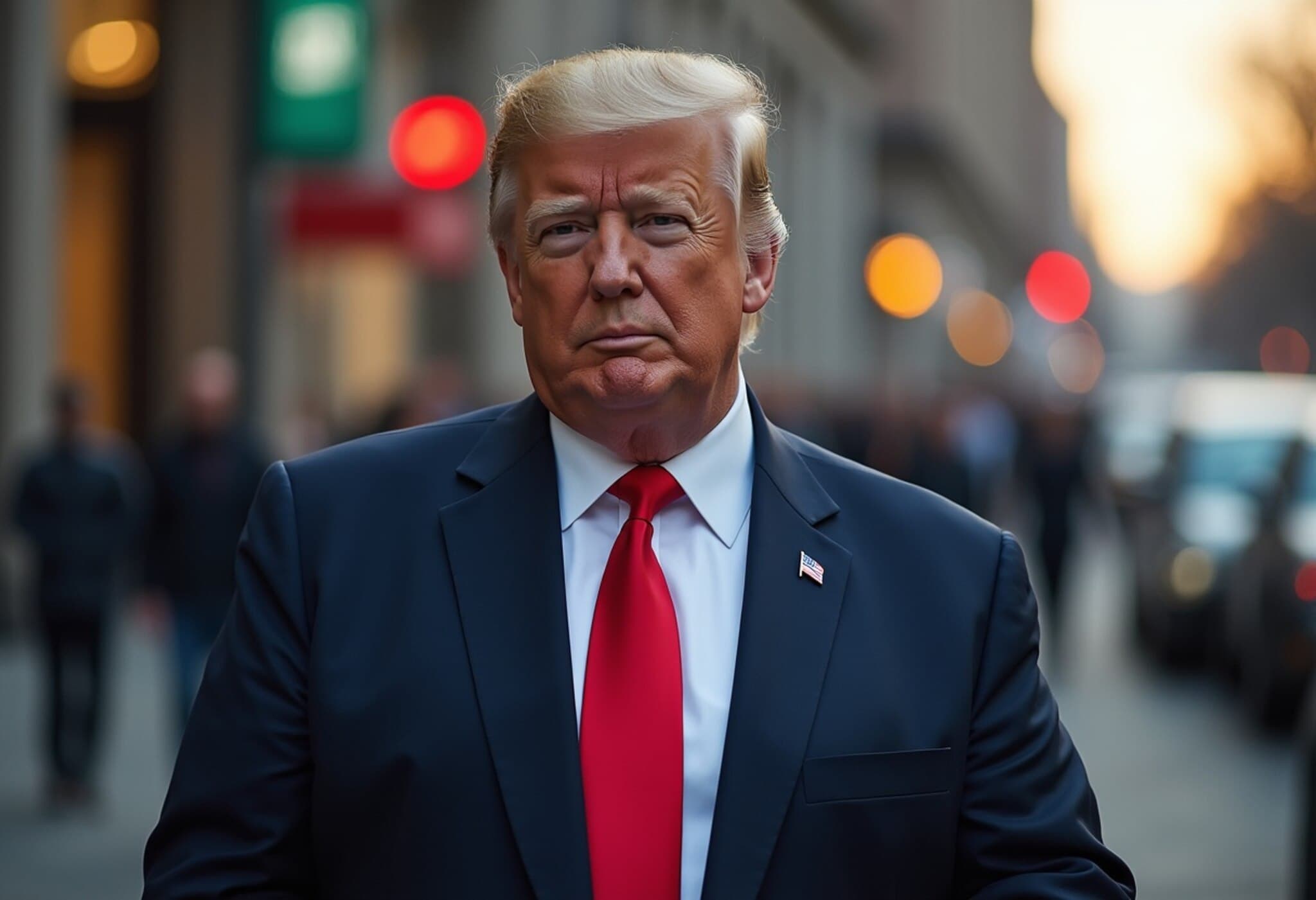Indian Stock Market Reacts Sharply to US Tariff Announcement
On Thursday, July 31, 2025, the Indian stock market opened on a notably weak note, with the benchmark Sensex losing more than 500 points shortly after trading began. The market's sudden decline came in direct response to the US President Donald Trump’s announcement of 25% tariffs on most Indian imports, escalating tensions in an already fragile trade relationship.
Immediate Market Impact: Sensex and Nifty Slip
Following the tariff declaration, the Sensex opened at 80,695.50, down from its previous close of 81,481.86, and touched an intraday low of 80,695.15, marking a near 1% drop. Similarly, the Nifty 50 plunged below the 24,650 mark, opening at 24,642.25 and then sliding to 24,635.00 – down almost 1% from Monday’s close of 24,855.05.
Mid-cap and small-cap stocks experienced even sharper declines, with the BSE Midcap and Smallcap indices plunging by up to 2%, highlighting the broad-based nature of the selloff. Investors across sectors exhibited nervousness as the new tariffs suggested increased uncertainty for Indian exports.
Economic and Geopolitical Context
These tariffs come amid a broader backdrop of rising trade protectionism, with the US prioritizing domestic industries in its economic policy. For India, a country heavily reliant on exports ranging from pharmaceuticals to textiles and IT services, the imposition of high tariffs threatens to disrupt established trade flows and impact economic growth.
Trade experts warn that sustained tariff barriers between two of the world's largest economies could potentially lead to retaliatory measures, complicating the bilateral relationship. Moreover, American companies with extensive supply chains linked to India might also face increased costs, which could ripple through global markets.
Investor Sentiments and Forward Outlook
The sharp market reaction underscores investor anxiety about the immediate impact on corporate earnings and broader economic growth. Some analysts view this as a wake-up call for Indian exporters to diversify markets and ramp up competitiveness to withstand such international policy shocks.
- Key concerns include: potential slowdown in export-driven sectors, currency volatility, and inflationary pressures due to disrupted supply chains.
- Opportunities: This situation may accelerate Indian governmental efforts to negotiate trade deals with other partners or bolster domestic industries through policy reforms.
What Lies Ahead?
As this developing story unfolds, market participants, policymakers, and economists alike are closely watching for possible responses from the Indian government, which may range from diplomatic engagement to considering countermeasures or appeals to international trade bodies such as the WTO.
Meanwhile, investors are advised to approach the market with caution, weighing the volatile macroeconomic environment against the long-term potential of India's domestic growth story.
Editor's Note
This sudden and significant market reaction to new US tariffs on Indian imports not only spotlights the fragility of global trade dynamics but also raises critical questions about the sustainability of India-US economic ties. How will India's export sectors adapt? Will this trigger renewed trade negotiations? And what are the broader implications for global supply chains? Staying informed on these evolving developments is crucial for investors, policymakers, and global businesses navigating an increasingly complex geopolitical landscape.

